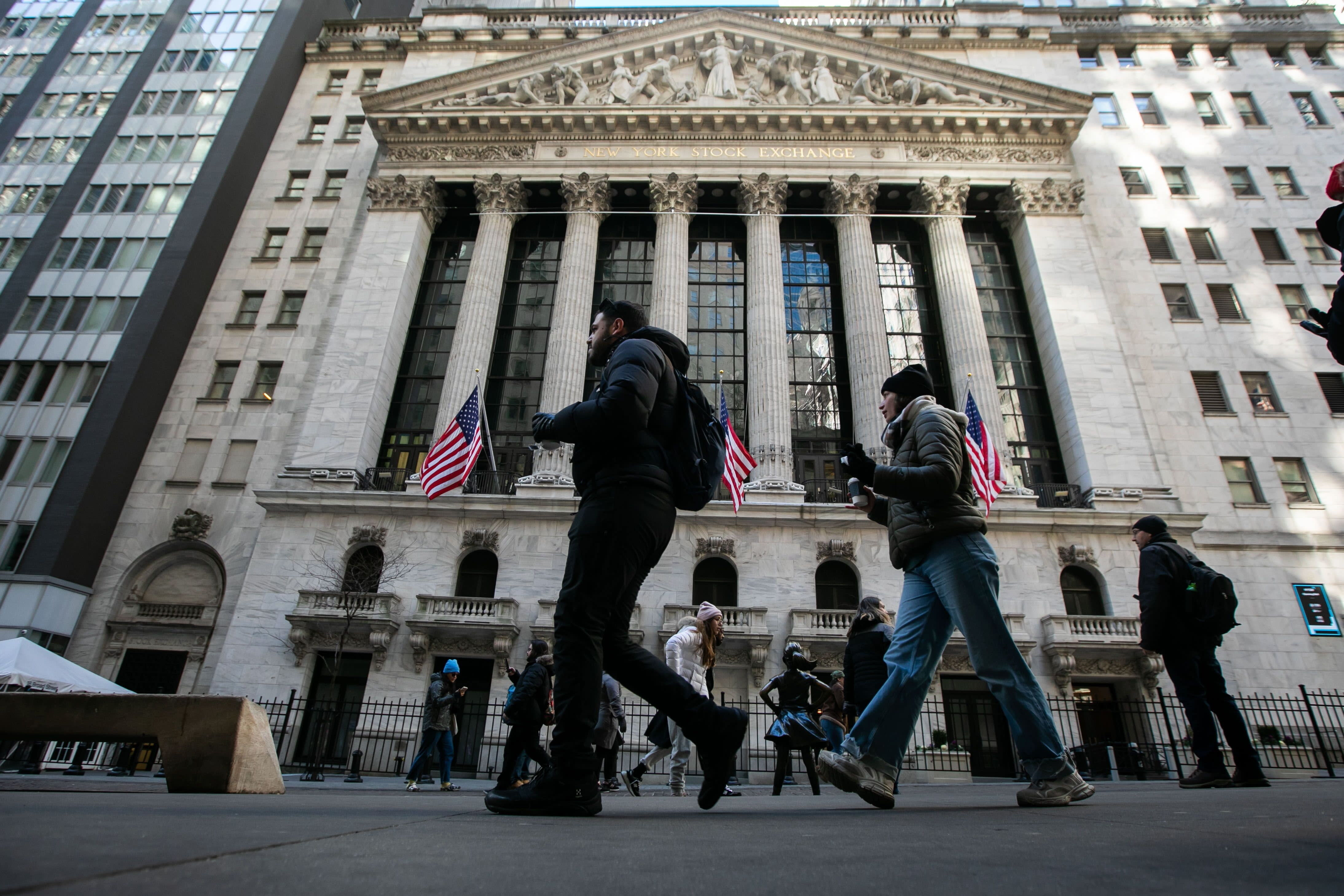
The Federal Reserve now predicts interest rates to be hiked higher than expected this year, despite pointing to the uncertainty around the policies set to be introduced under Donald Trump.
According to minutes from a meeting with the Federal Open Market Committee, the US central bank expects the rate to shift up modestly between 2017 through to 2019, with all the predictions 25 basis points higher than they were back in September.
The bank expects the federal funds rate to show gradual increases, hitting 1.4 percent at the end of this year, 2.1 percent at the end of 2018, and 2.9 percent at the end of 2019.
On 15 December last year, the Fed decided to nudge the rate up to 0.75 per cent from 0.5 per cent.
The bank pointed out that many members of the committee have revised up their predictions for GDP growth in 2018 or 2019, largely because of expected changes in fiscal and regulatory policies.
Yet the committee also noted that there was currently “substantial uncertainty” about the size, composition, and timing of prospective fiscal policy changes.
Despite never directly mentioning the election of Donald Trump, it blamed this uncertainty on the ambiguity associated with fiscal, trade, immigration, and regulatory policies.
“Participants cited the difficulty of predicting the size, composition, and timing of these policy changes as well as the magnitude and timing of their effects on the economy,” the minutes read.
The Fed also indicated that increases in the rate over the next few years are likely to be gradual, particularly in light of the “persistence” of low productivity growth, the strength of the dollar, and the weak outlook for economic growth overseas.
It said it was likely the rates will rise slowly as the effects of these factors faded over time.
Meanwhile, committee members indicated that the continued strengthening in the labour markets increased their confidence that inflation would move towards its 2 per cent target.
This, they noted, could prompt a “slightly firmer path” of monetary policy.






